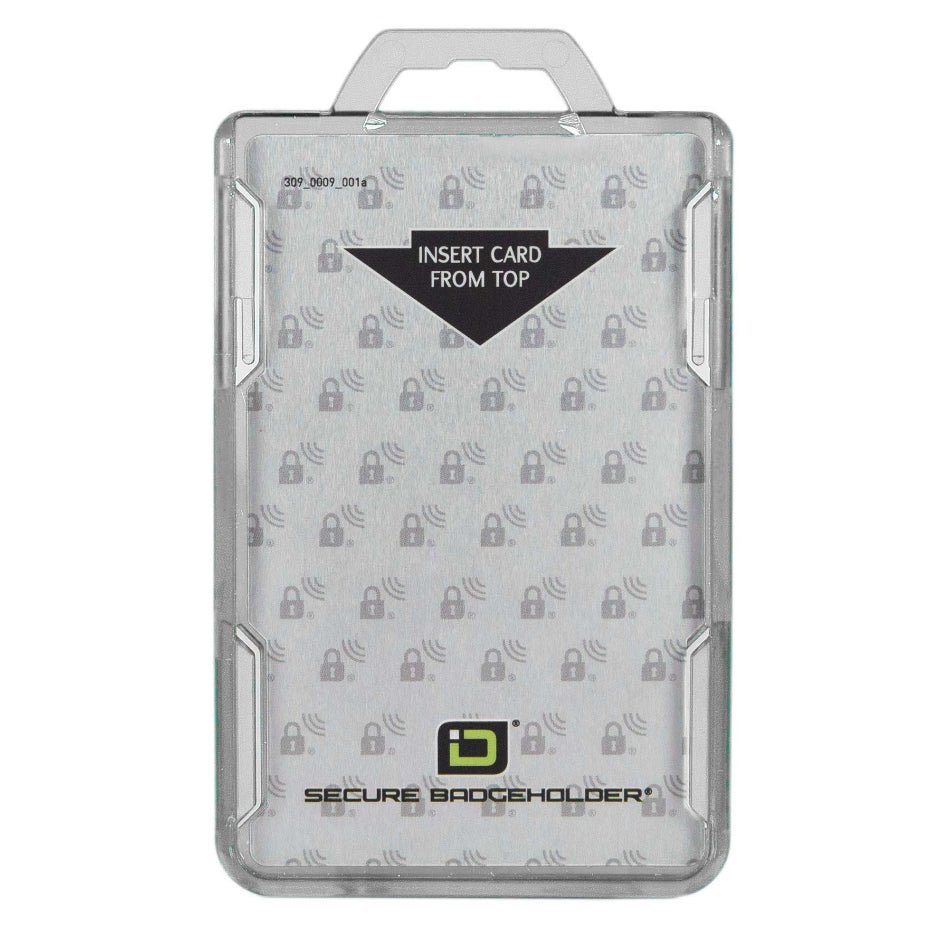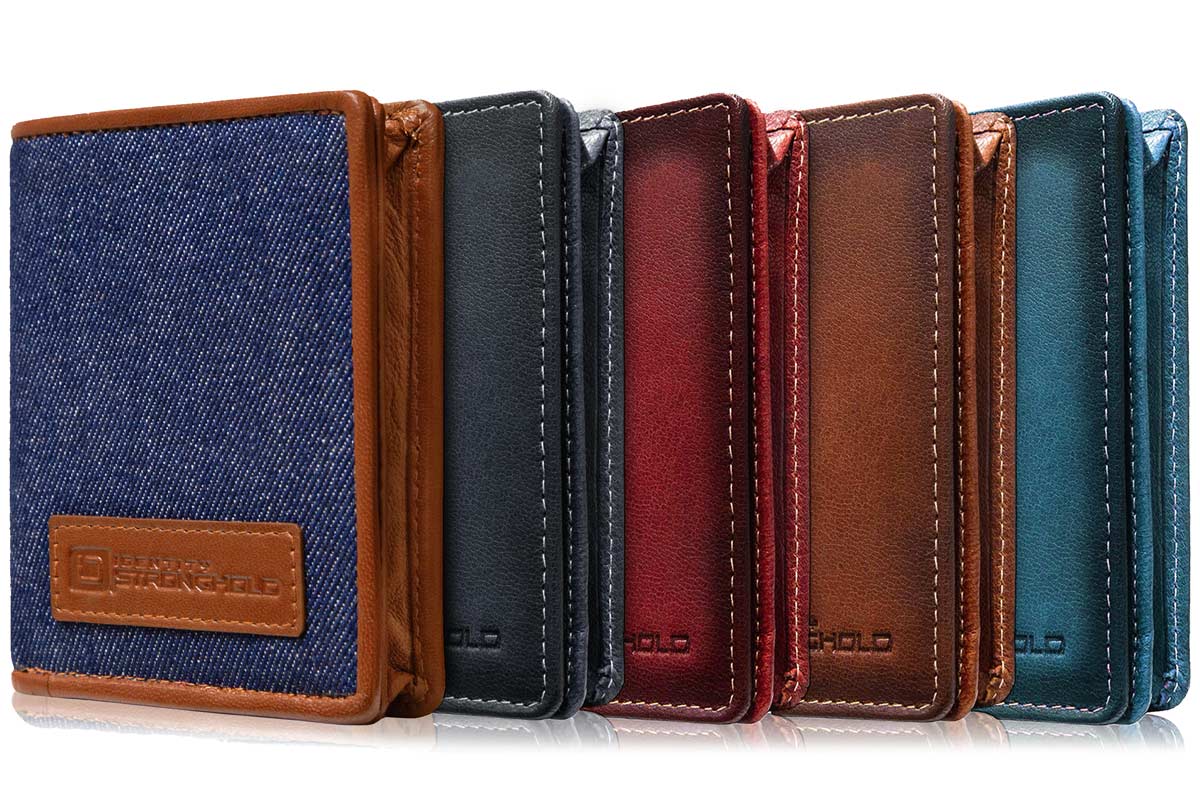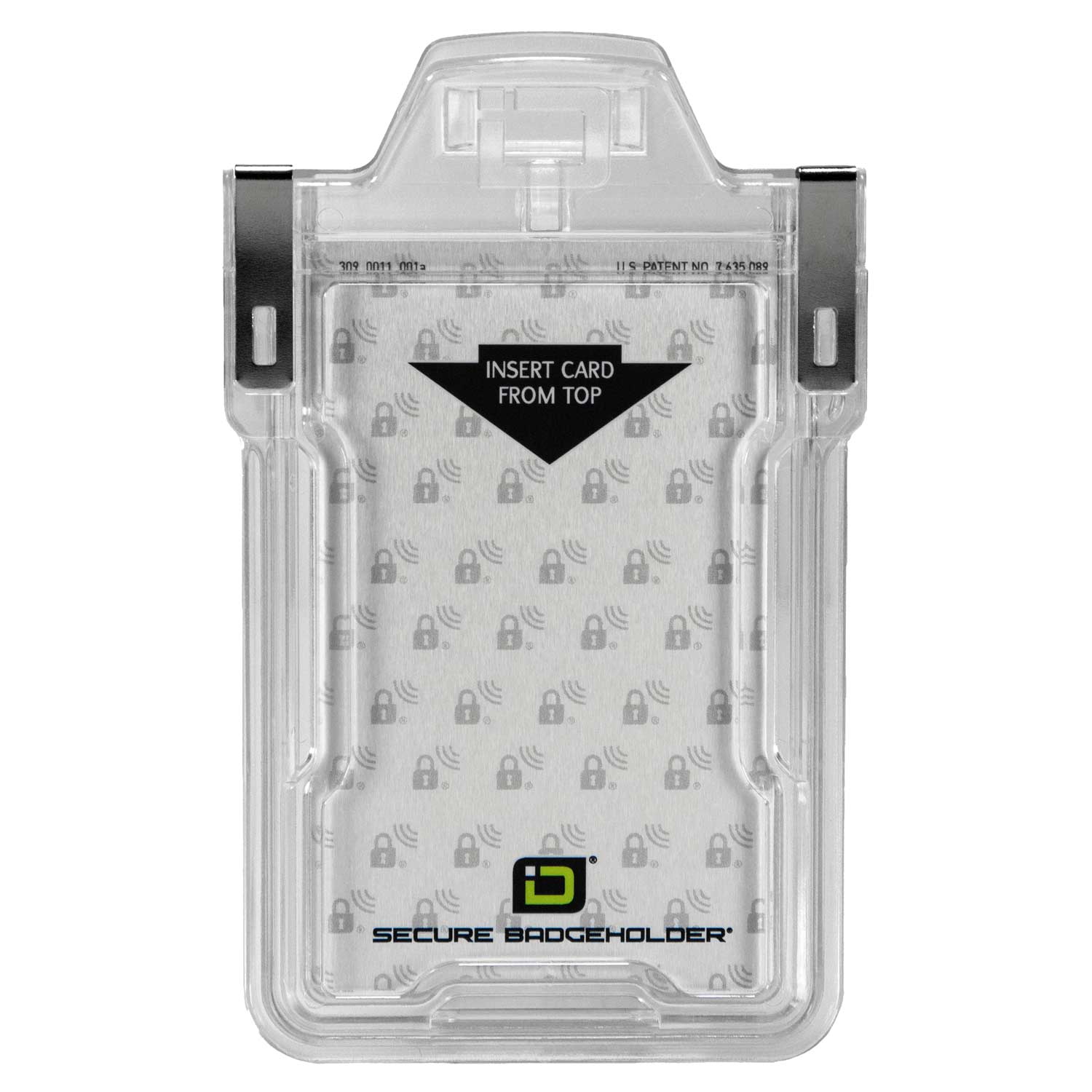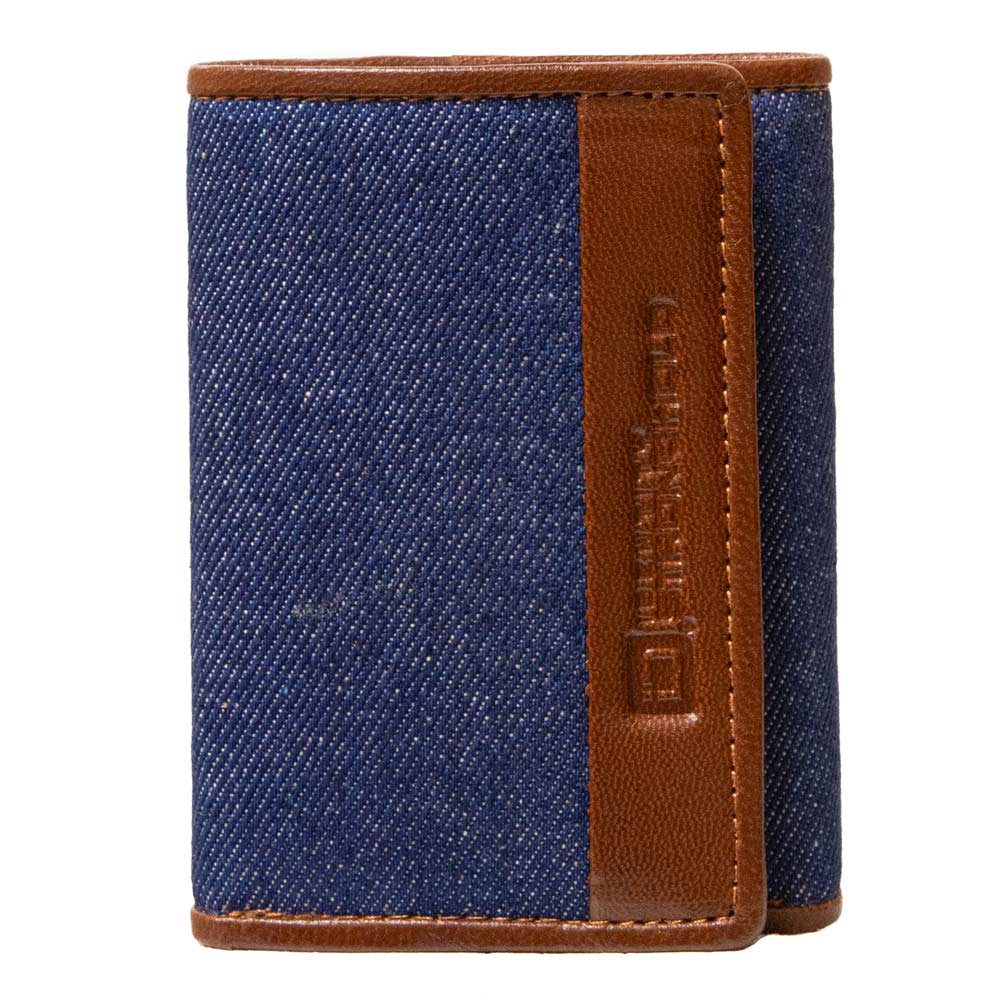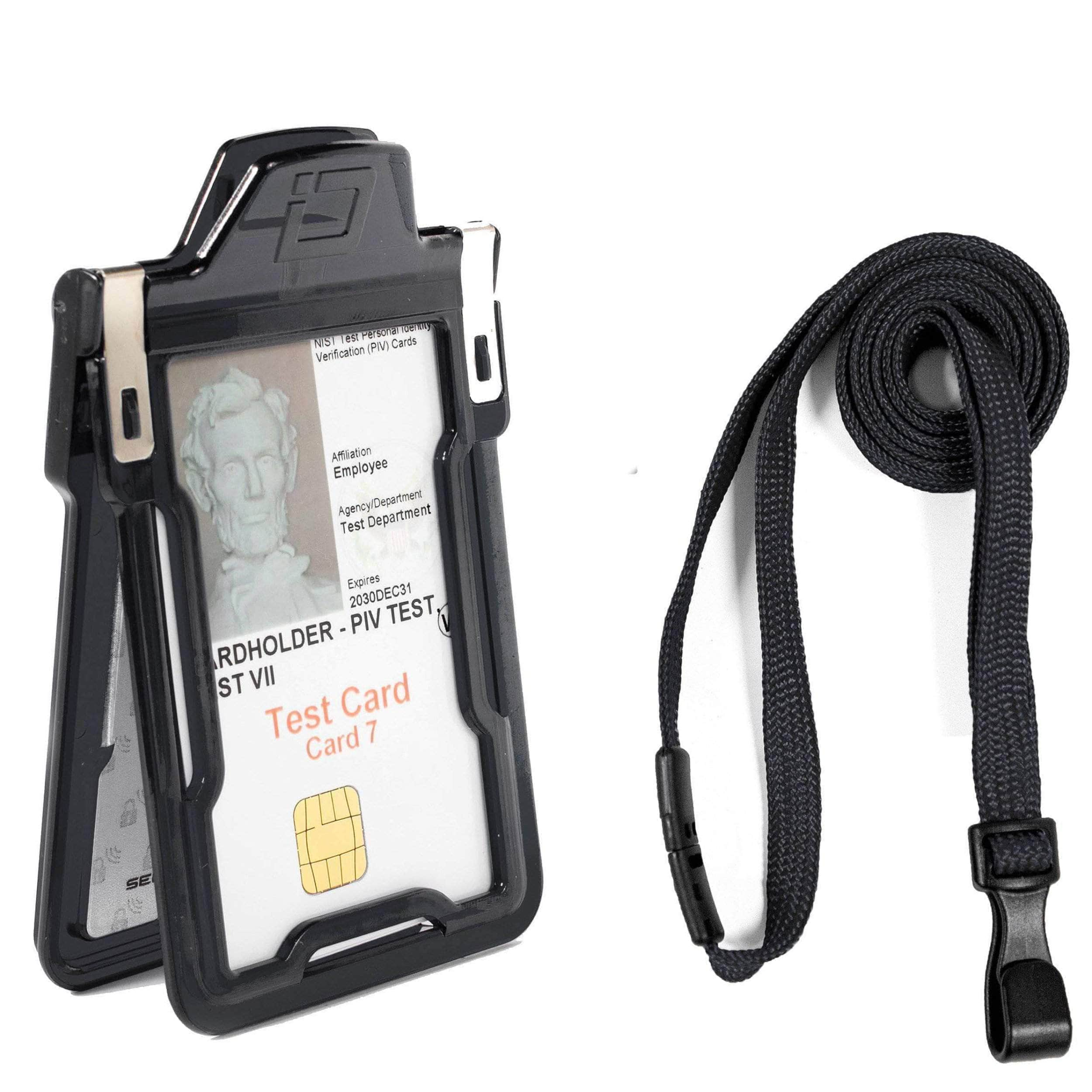RFID technology is almost everywhere. It’s in our credit and debit cards, smartphones, library cards, keycards, and bus passes. Without even thinking about it, most of us probably use RFID several times a week, maybe even daily. But to keep our money and identities safe, it’s helpful to know that there are different kinds of RFID cards and different protection for each kind.
What are the different types of RFID cards?
RFID cards communicate through radio waves using one of three frequencies. A frequency is like any of the numbers on your radio dial. You tune into a specific frequency to listen to your favorite station. For example, you might listen to 93.3 or 101.5 FM. RFID cards work in a similar manner, using 13.56 Mhz (megahertz),125 Khz (kilohertz), or UHF 860-960 Mhz frequencies. A scanner tuned to 13.56 Mhz can read the contents of an RFID card that’s designed to use that frequency, but it can’t read cards that use 125 Khz or UHF 860-960 Mhz. However, there are dual-frequency cards that work with both 13.56 Mhz and 125 Khz frequencies.
What kinds of cards use the 13.56 Mhz frequency?
RFID tags that use the 13.56 Mhz frequency need to be close to a scanner to work correctly. One foot is the greatest distance at which a tag of this type will typically work. For this reason, 13.56 Mhz is appropriate for things like contactless payment cards, library cards, and bus passes. The close range provides security since it wouldn’t be wise to have your credit card scanned from across a room.
Why does the access card to my office still work inside an RFID-blocking wallet?
Many of the access cards provided by employers use the 125 Khz frequency, and RFID-blocking wallets typically protect tags that use 13.56 Mhz and UHF 860-960 Mhz. If you hold your wallet up to an RFID scanner, your 125 Khz access card will still work. Your payment cards won’t get scanned because the reader is tuned to a different frequency—just like a radio won’t play music from one station when it’s tuned to another. But the ideal scenario is one in which all of your RFID cards are safe from digital theft. Fortunately, separate RFID-blocking technology is available for 125 Khz cards.
What if I have RFID cards that use 125 Khz?
ID cards that use 125 Khz tags have a slightly larger range, but it’s not more than a few feet. If you have one of these cards, a reader can scan it even when inside of an RFID-blocking wallet. To protect 125 Khz cards, ID Stronghold makes the BloxProx line of badge holders. These RFID-blocking sheaths protect both 13.56 Mhz and 125 Khz cards. A clip at the top makes it easy to open the badge holder long enough to scan a card for entry into your workplace.
What kind of wallet or badge-holder do I need for my UHF 860-960 Mhz cards?
October 1st, 2020, you’ll need a real ID compliant identification card such as an Enhanced Driver’s License (EDL) or a passport to fly within the United States and to enter some federal buildings. EDLs contain UHF 860-960 Mhz RFID tags, (they’re actually called UHF EPC Gen 2 860-960 Mhz) and some states are already issuing them. Passport cards also use this kind of RFID tag. The good news is that all of ID Stronghold’s wallets and ID badge holders protect EDLs.
How do I keep all of my RFID cards safe?
Most of the RFID-enabled payment and ID cards you carry use 13.56 Mhz or UHF 860-960 Mhz tags, so any ID Stronghold Men's or Women's wallet will keep them safe. If you also have a 125 Khz access card for work, adding a BloxProx badge holder will ensure that every card in your possession is secure against RFID theft.


